All products featured are independently chosen by us. However, SoundGuys may receive a commission on orders placed through its retail links. See our ethics statement.
Bose SoundLink Plus vs JBL Charge 6: Battle for the best Bluetooth speaker
June 26, 2025


If you’re looking for a rugged Bluetooth speaker that can deliver solid audio outdoors, both the Bose SoundLink Plus and the JBL Charge 6 offer compelling features and strong brand pedigree. In our testing, each speaker brings unique strengths to the table, from build quality to app support and battery life. But only one might be the better fit for your next beach party. Let’s compare them side by side to see which speaker earns your dollars.
This article was published on June 26, 2025, and is the first version.
What’s it like to use the Bose SoundLink Plus compared to the JBL Charge 6?
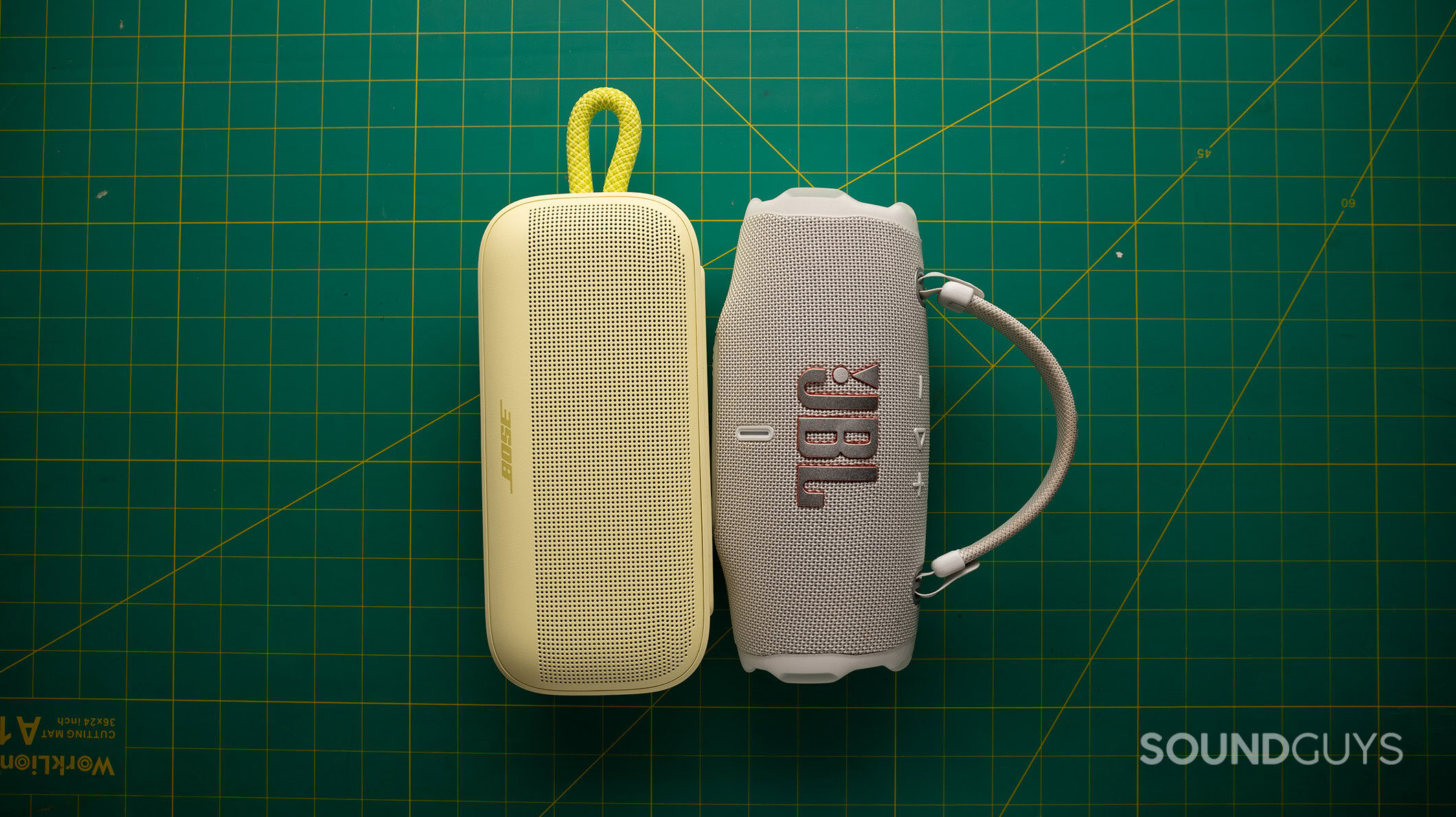
Using the Bose SoundLink Plus feels like handling a tank in a bright yellow jumpsuit. It’s rugged, IP67-rated, and even floats if it falls into the water. The fixed nylon loop on the side makes it easy to clip to a bag, though I wish it were longer to grip and carry with all four fingers, and detachable like the JBL’s. The nested controls along the top are intuitive and clicky, and its footprint is just right—big enough for bass, but still backpack-friendly.
By contrast, the JBL Charge 6 adds some clever usability upgrades. It’s noticeably lighter and includes a detachable handle that you can configure as a loop or grip. JBL also redesigned the bottom for better stability, and those improved bumpers really do keep it from rolling off picnic tables—something I’ve personally witnessed with its predecessor. While the aesthetics remain familiar, the functional improvements here make outdoor use less stressful.
How do you control the Bose SoundLink Plus and JBL Charge 6?
Both speakers stick with physical controls; in both cases, they’re responsive and simple enough for anyone to master. On the SoundLink Plus, controls sit in a tidy strip up top. You get standard playback buttons, volume, Bluetooth pairing, and a customizable shortcut that you can assign to Spotify Tap or speaker pairing.
| Action | Power button | Bluetooth button | Shortcut button | Volume - | Play / Pause button | Volume + |
|---|---|---|---|---|---|---|
| Action Press 1x | Power button Power on / off | Bluetooth button Cycle through device list | Shortcut button Access assigned shortcut (Spotify Tap, Speaker link, Aux-in) | Volume - Volume down | Play / Pause button Play / pause | Volume + Volume up |
| Action Press 2x | Power button | Bluetooth button | Shortcut button | Volume - | Play / Pause button Skip track | Volume + |
| Action Press 3x | Power button | Bluetooth button | Shortcut button | Volume - | Play / Pause button Previous track | Volume + |
| Action Press and hold | Power button | Bluetooth button Enter pairing mode | Shortcut button | Volume - Rapid volume down | Play / Pause button | Volume + Rapid volume up |
The Charge 6 moves its buttons to a dedicated control strip and ditches JBL’s older PartyBoost in favor of Auracast, which is more future-proof but not backwards compatible with other JBL speakers. That said, the layout feels more refined, and I appreciated how the buttons illuminate, which helps during nighttime sessions or dim camping setups.
| Action | Power button | Bluetooth button | Auracast button | Play button | Volume + | Volume - |
|---|---|---|---|---|---|---|
| Action 1x press | Power button Turn on device | Bluetooth button Enter pairing mode | Auracast button Pair with other JBL Auracast supported speakers | Play button Play / Pause | Volume + Volume up | Volume - Volume down |
| Action 2x presses | Power button | Bluetooth button | Auracast button | Play button Next track | Volume + | Volume - |
| Action 3x presses | Power button | Bluetooth button | Auracast button | Play button Previous track | Volume + | Volume - |
| Action Press and hold | Power button | Bluetooth button | Auracast button | Play button Enter wired connection mode while inserting USB cable. | Volume + | Volume - |
Should you use the apps of either Bose SoundLink Plus or JBL Charge 6?
You absolutely should. The Bose app is fairly minimal, but still worth the install if you want to enable speaker linking or assign Spotify Tap to the shortcut button. It offers a simple 3-band EQ, though in testing, I found that even maxing out the bass didn’t move the needle much.
The JBL Portable app, on the other hand, is a must-have. The 7-band EQ gives you far more room to shape the Charge 6’s output, and it’s easy to create your own presets. I also liked how the app organizes Auracast pairings and provides firmware updates. JBL’s app offers more meaningful control over your sound.
How do the Bose SoundLink Plus and JBL Charge 6 connect?
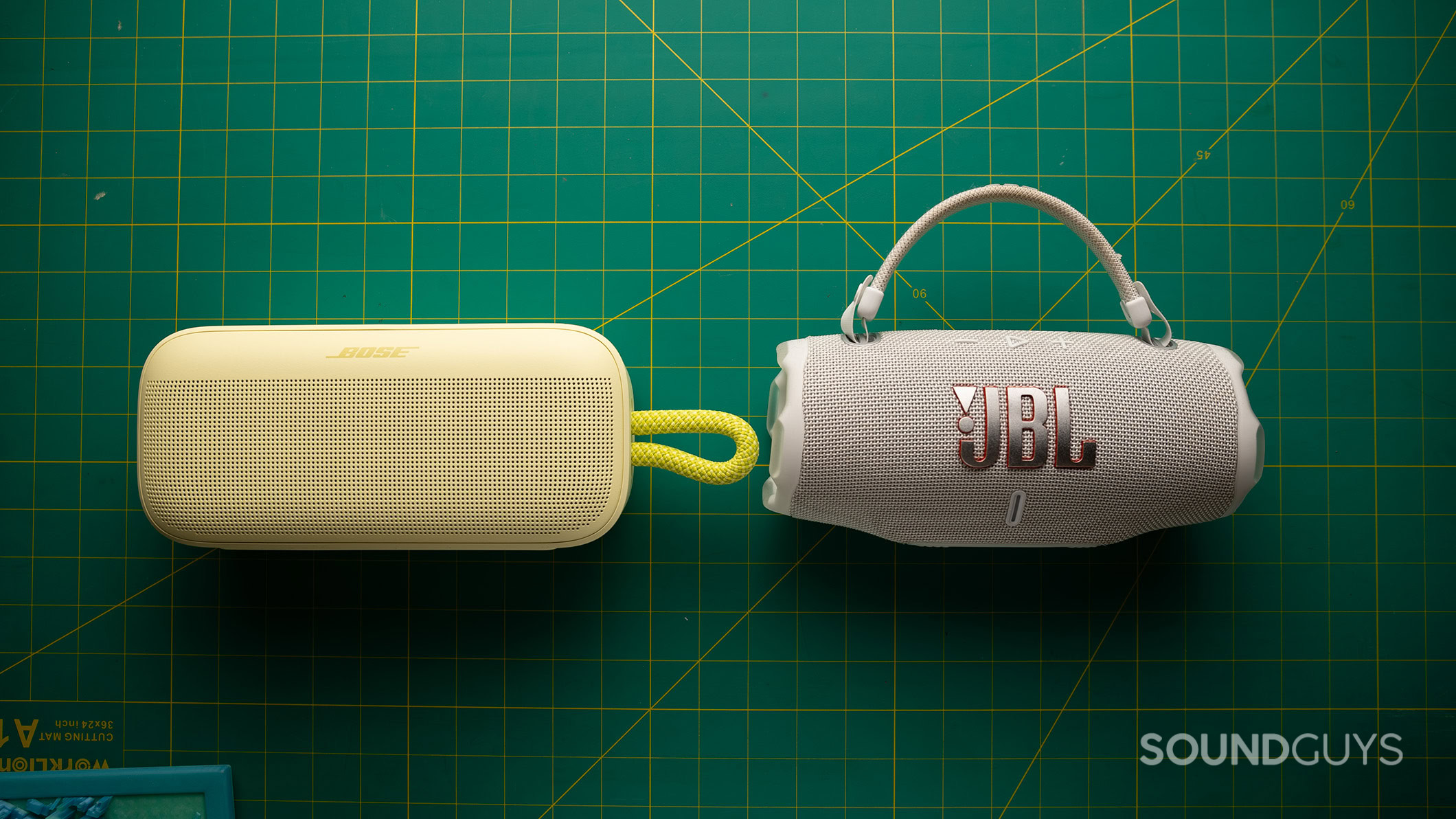
Both speakers connect via Bluetooth 5.4, and both support multipoint pairing. The SoundLink Plus supports SBC, AAC, and aptX Adaptive if your phone is Snapdragon Sound-certified. That gives Android users a slight edge in audio fidelity.
The Charge 6, meanwhile, includes one of the most requested upgrades: lossless audio over USB-C. That makes it the better pick for audiophiles streaming FLAC files from Tidal or Apple Music. And unlike Bose, it also keeps the ability to charge your phone, so your speaker can double as a power bank.
Is battery life better on the Bose SoundLink Plus or JBL Charge 6?
In our standardized testing at 80dB SPL, the Bose SoundLink Plus lasted 20 hours and 55 minutes, which actually exceeds Bose’s 20-hour claim. The Charge 6? It tapped out at 13 hours and 15 minutes, despite JBL claiming up to 24 hours (or 28 with Playtime Boost on, which degrades audio quality).
While JBL offers a fast charge feature—adding 2.5 hours of playtime with just a 10-minute charge—the Bose wins this round for endurance. If all-day playback is essential, you’ll spend less time reaching for the charger with the SoundLink Plus.
Does the Bose SoundLink Plus sound better than the JBL Charge 6?
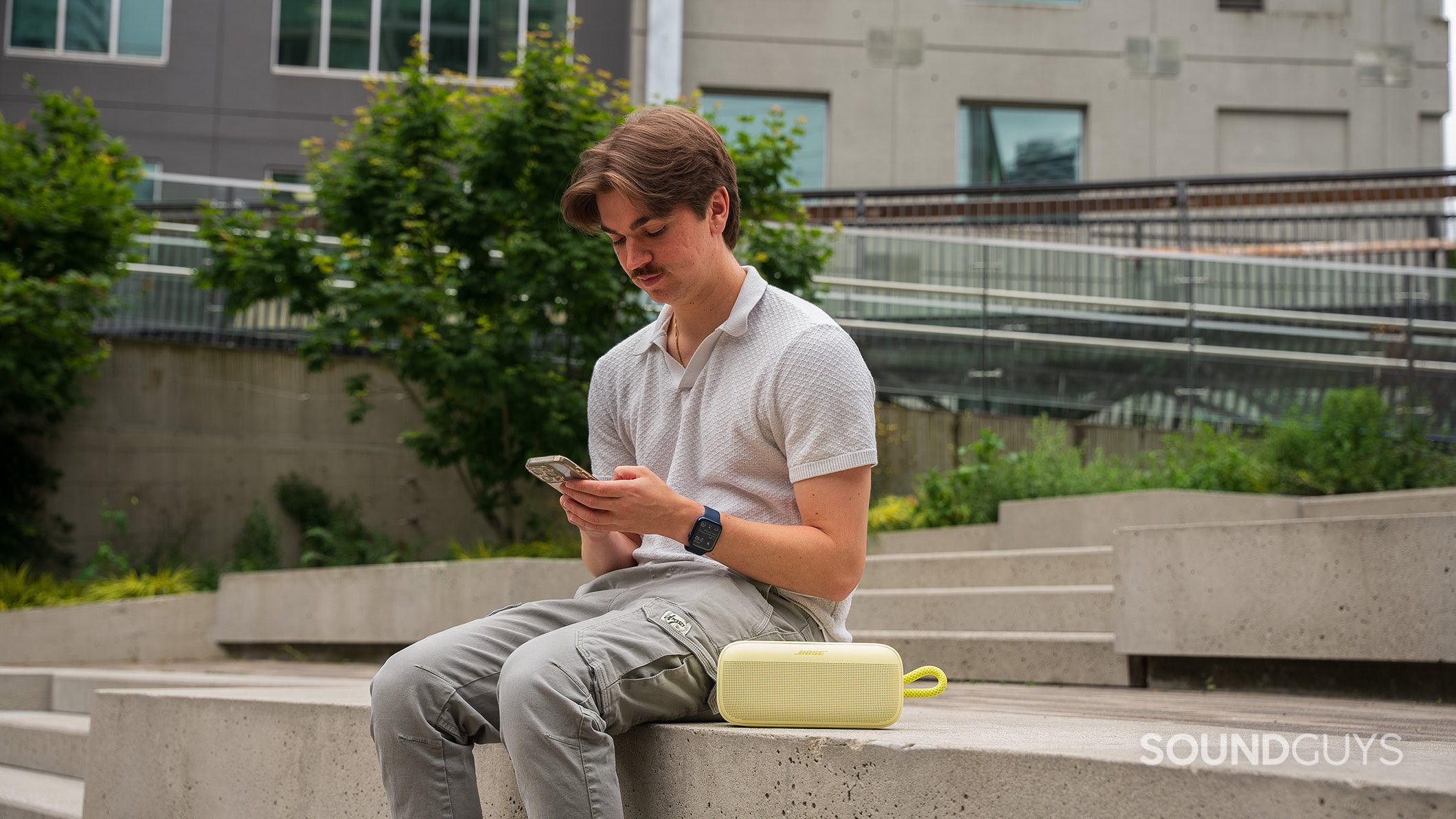
Sound-wise, both speakers offer solid portable performance, but the Bose SoundLink Plus edges out thanks to its slightly higher clarity and more faithful Timbre. Its four passive radiators might not blow you away with bass, but it maintains good balance even at higher volumes. Vocals and guitars come through clearly, though the midrange can feel recessed at times.
The JBL Charge 6 delivers stronger bass straight out of the box, but it does so at a slight cost to treble clarity. Thankfully, the 7-band EQ can restore that sparkle. The default tuning leans warm and slightly dark, but tweaking a couple of bands (like 4kHz and 8kHz) worked wonders in my testing.
Multi-Dimensional Audio Quality Scores (MDAQS)
The chart below shows how the sound of both speakers was assessed by the Multi-Dimensional Audio Quality Score (MDAQS) algorithm from HEAD acoustics.
The SoundLink Plus scores higher overall. Despite having a cleaner distortion profile, the Charge 6’s low Immersiveness score, partly due to mono output, holds it back. Most users won’t mind, especially if they’re using it in open, noisy spaces.
Should you get the Bose SoundLink Plus or JBL Charge 6?
The Bose SoundLink Plus retails for $269, while the JBL Charge 6 comes in at a more wallet-friendly $199. That $70 difference is significant, especially when you consider how closely they perform in most categories. JBL gives you more features for less money, while Bose leans on build quality and brand reputation.
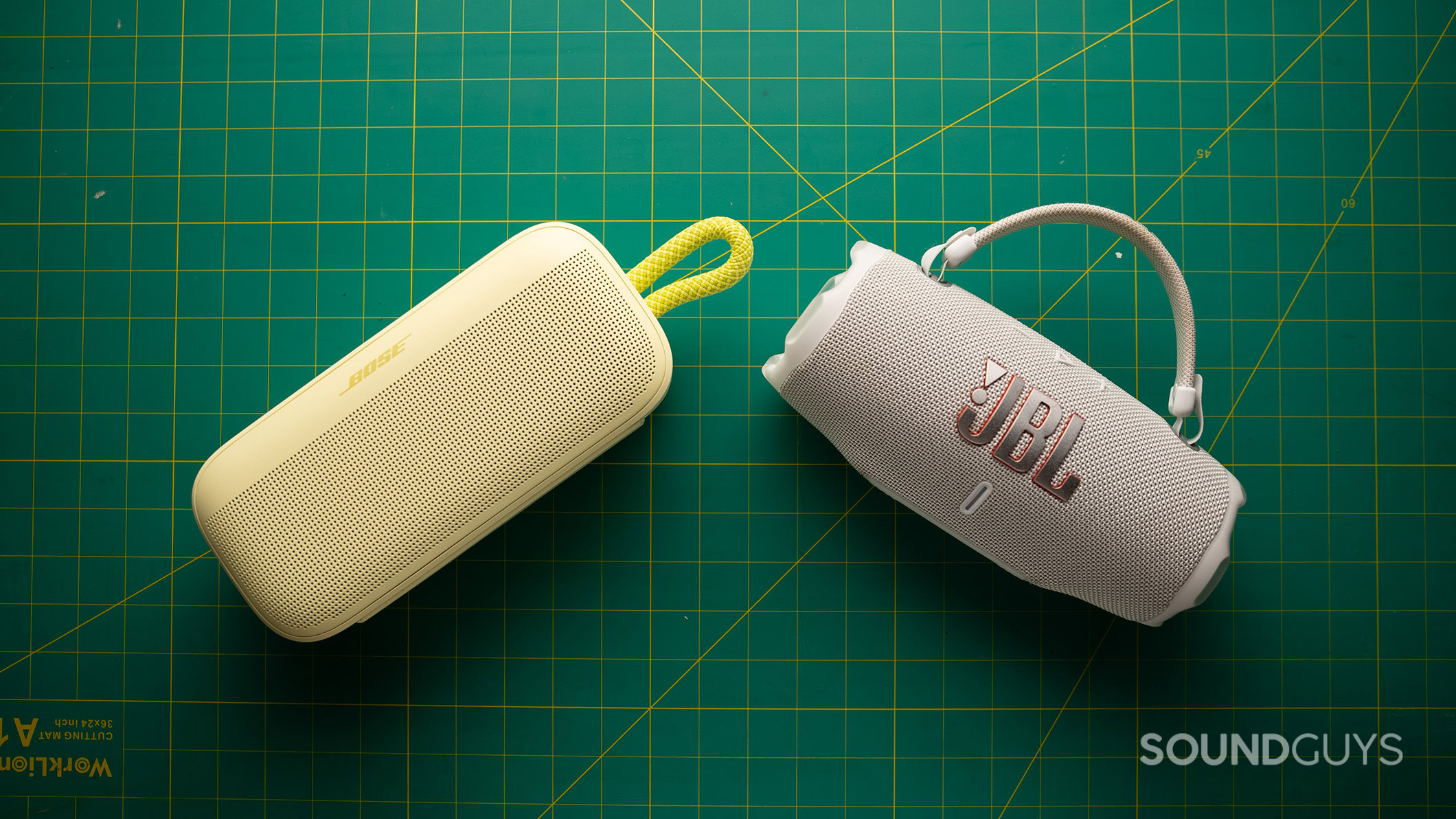
If you want great battery life, aptX Adaptive support, and a rugged, floatable design, the Bose SoundLink Plus delivers on its premium promise—if you’re okay paying extra. But the limited EQ and lack of USB audio make it feel a bit dated for the price.
The JBL Charge 6 is more customizable, supports lossless audio, and sounds fuller out of the box. It doesn’t last as long on a charge, but it packs smarter app support and a better value proposition. If I were buying today, I’d go with the Charge 6, unless Bose drops the Plus to a more reasonable sale price.

What should you get instead of the Bose SoundLink Plus and JBL Charge 6?
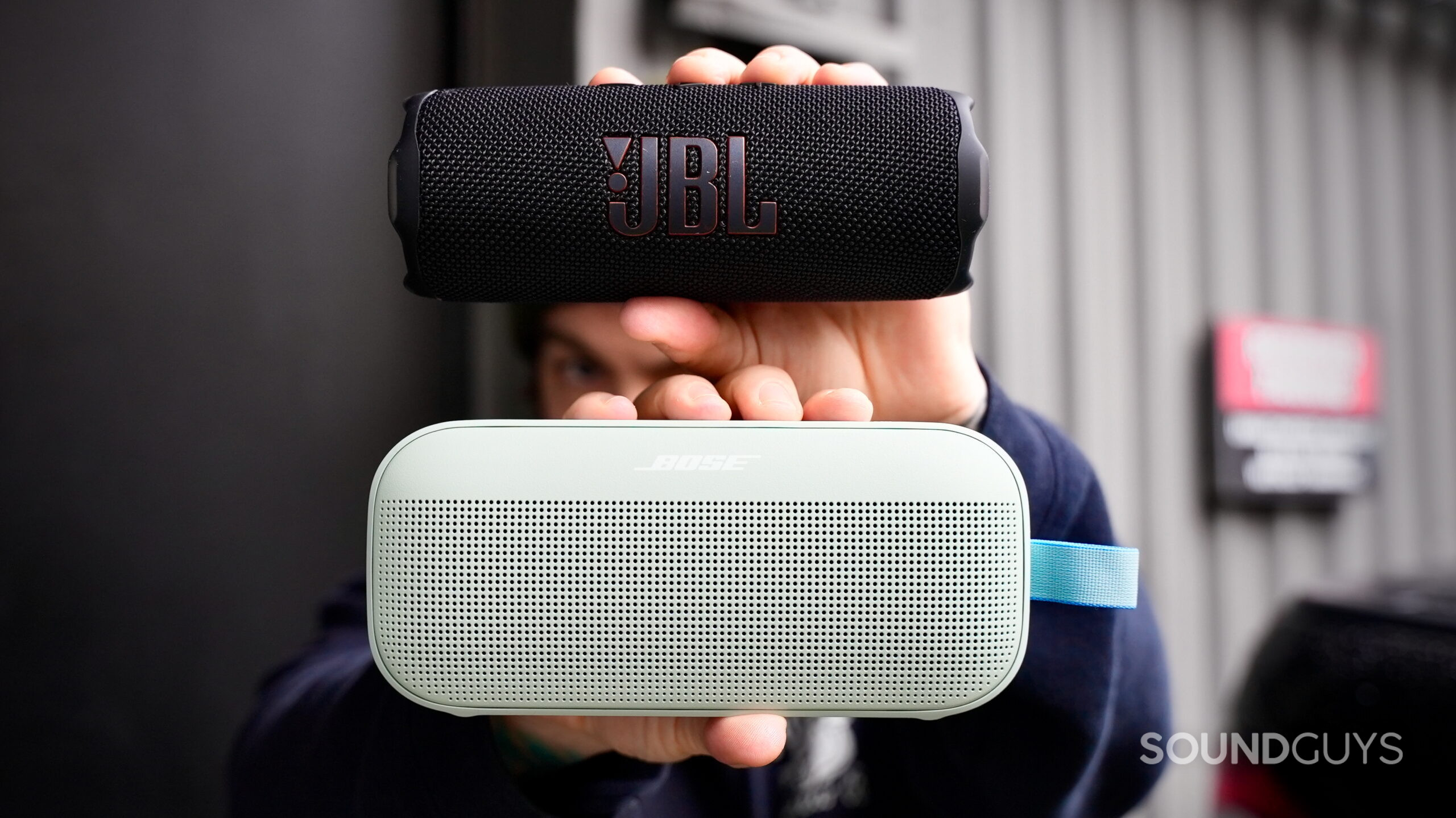
If both options feel like overkill or too pricey, consider the Bose SoundLink Flex ($149 at Amazon). It’s smaller and cheaper, but it still offers great sound with aptX Adaptive support.
Want to stay with JBL? You might want to look at the JBL Flip 7 ($109.95 at Amazon), which retains that signature JBL sound in a lighter, more portable package. Just know you’ll give up USB audio and a few advanced features.
For more options, check out our roundup of the best Bluetooth speakers.
Thank you for being part of our community. Read our Comment Policy before posting.